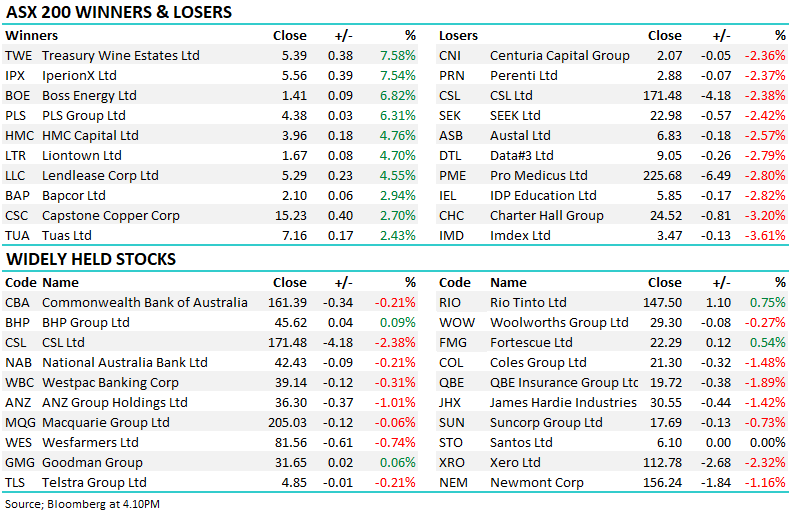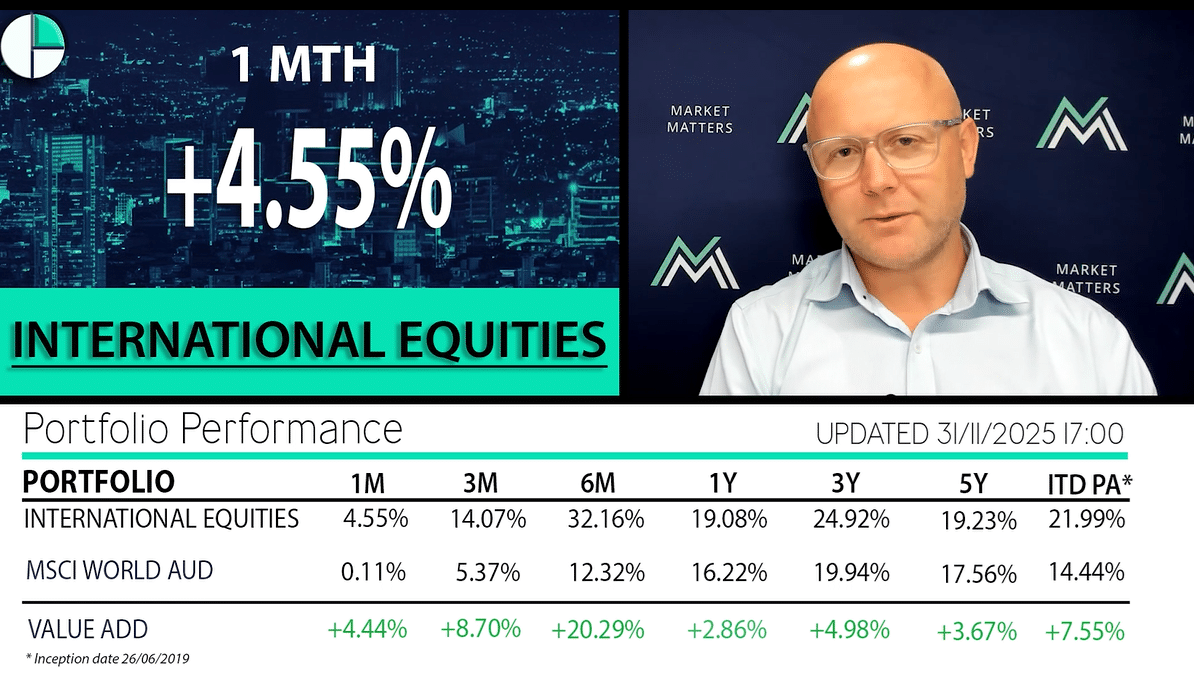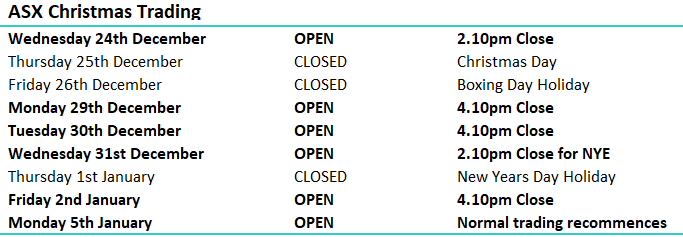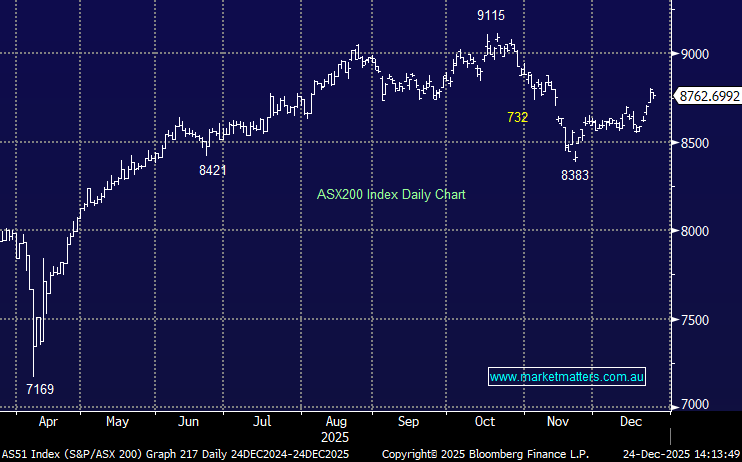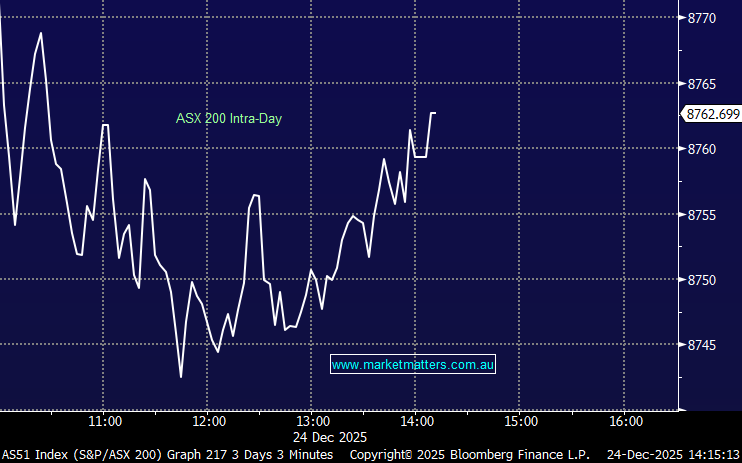The Mechanics of ADRs
Hi MM, Can you please explain the mechanics of how, for ASX-listed companies, ADRs in the US benefit the ASX-listed company – specifically with respect to increasing liquidity in both the US and primary ASX listing. My very broad understanding (which may be inaccurate as it is based off what someone said in a presentation and I am paraphrasing), is that for each ADR purchase in the US, the market custodian needs to buy the equivalent amount of stock on the local ASX listing as is bought in the US to essentially sit behind/match the trade which occurred in the ADR market. Is this correct and can you please expand on how this actually works. It would be good to understand just how beneficial to the company these US listings are in a practical sense. Thanks, Darren




